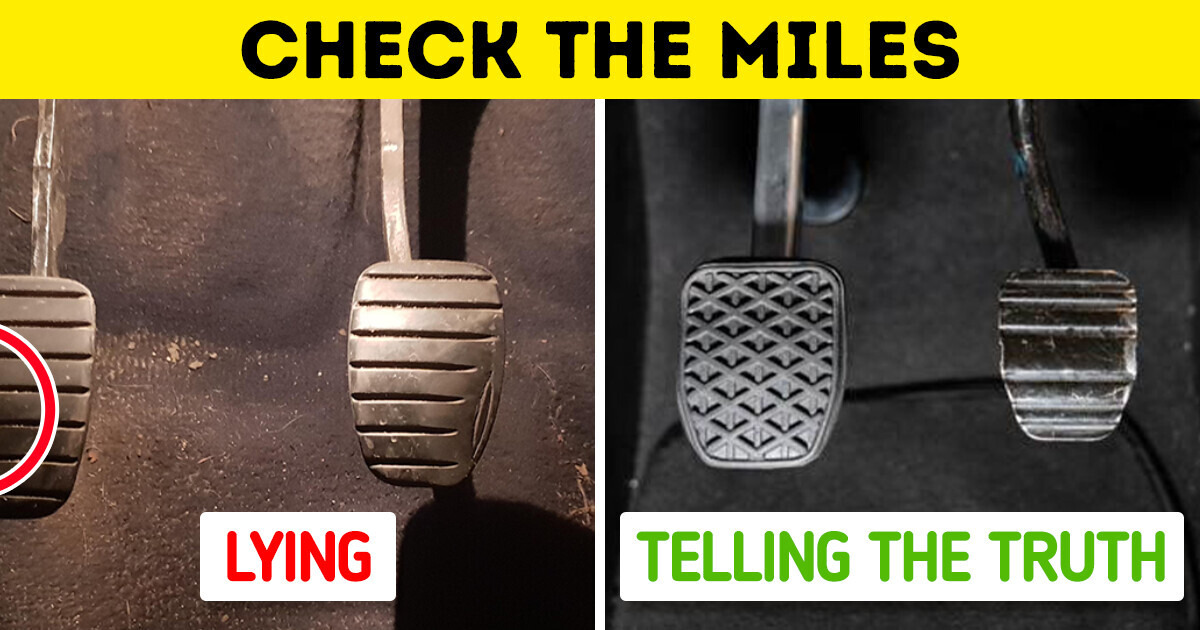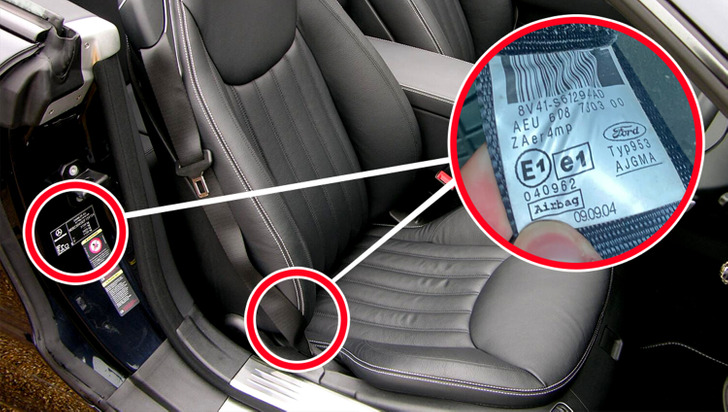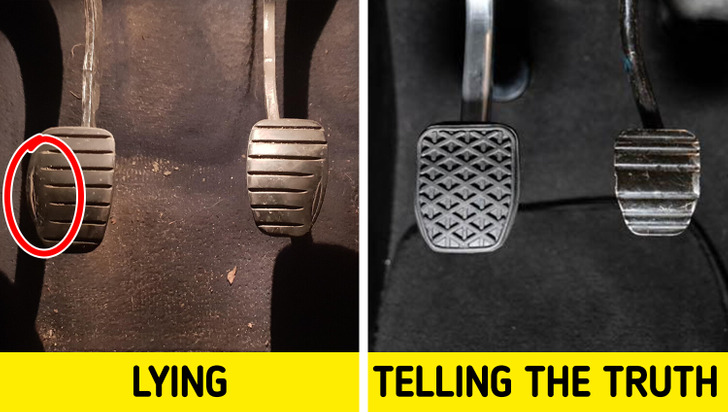5 Pro Tips for Buying a Reliable Used Car: How to Choose the Best Vehicle / Bright Side
If you’re buying a used car, you’re not alone—many people are doing the same as options become more limited. Having a solid plan is crucial. Here’s how to shop smart, spot red flags, and buy from a dealer.
Set a car-buying budget you can afford.
Buying a used car isn’t just about finding one with a monthly payment you can handle. You need to think about the full cost of owning it—like loan interest, insurance, parking, and maintenance. Older cars might be cheaper upfront, but repairs can add up fast, turning that bargain into a headache.
If you’re financing your car, try to keep your monthly payment under 10% of your take-home pay—or less if money’s tight. Used cars often need extra care, like new tires or replacement parts. Don’t forget fuel and insurance costs, and if the car isn’t under warranty, it’s smart to have a repair fund for unexpected fixes.
Create a list of target used vehicles.
Vehicles like the Honda CR-V and Toyota RAV4 are popular used car choices because of their strong reputations, but that can make them pricier. Alternatives like the Ford Escape or Kia Sportage are also solid options and often cost less. To save money, keep your options open and list several vehicles that fit your needs and budget.
If you’re looking at cars under 5 years old, consider a certified pre-owned (CPO) vehicle. CPO cars come with warranties backed by the automaker, not just the dealer, giving you extra peace of mind. Keep in mind that you’ll need to buy a CPO car from a dealership that sells that brand new—for example, a CPO Chevy Equinox must come from a Chevrolet dealer.
Review the vehicle history report.
If you’re not buying from someone you know well, like a friend or family member, make sure to get a vehicle history report. It’s a simple step that can save you a lot of trouble. Reports from places like AutoCheck or Carfax can tell you if the car has had major problems, like a rolled-back odometer or a salvage title.
All you need is the car’s VIN or sometimes just the license plate number. Most big dealerships will give you the report for free if they’re selling the car.
Take the car for a test drive.
Taking a test drive is the best way to see if a used car is a good fit and to check its condition. Here’s what to keep in mind while you’re behind the wheel:
- Comfort and Space: Is it easy to get in and out without hitting your head? Is there enough room for your head, legs, and hips? Don’t forget to check the back seat too.
- Driving Position: Are the seats comfortable and adjustable? Can you tilt or telescope the steering wheel for a better fit?
- Visibility: How’s the view through the mirrors? Any noticeable blind spots?
- Dashboard Warnings: Is the check engine light on? If it is, have the issue looked at before you buy.
- Smells and Sounds: Do you notice any odd smells, like gas or burning oil? Listen for weird noises while driving, braking, or turning.
- Tires and Brakes: Are the tires in good shape with enough tread? Do the brakes stop the car smoothly without squeaking?
- Under the Hood: You don’t have to be a mechanic—just look for anything leaking, steaming, or covered in oil. Check hoses and clamps for cracks or wear.
- Functionality: Does the air conditioning blow cold? Do all the lights and indicators work properly?
Also, inspect the pedals! A Reddit user shared how their clutch and brake pedals were so worn down after 350,000+ km that the metal was showing. The car ended up dying 30 minutes later. Worn pedals can hint at high mileage, even if the odometer says otherwise.
Lastly, ask to see service records. They’ll tell you if the car’s been well-maintained. If the seller doesn’t have them, factor that into your decision and negotiation.
Negotiate a good deal.
Worried about negotiating? Don’t be—it’s not as scary as it seems. Just go in with a plan, and things should go smoothly.
Figure out the most you’re willing to spend, but don’t share that right away. Start with a lower offer that’s still fair based on what similar cars are selling for. Let the seller know you’ve done your research, so they understand where your offer is coming from.
If you agree on a price that’s close to what others are paying, you’re probably getting a good deal. Remember, the seller probably doesn’t love negotiating either—it’s just part of the process.




